The Draft Law on Press (amended) is being widely consulted with people of all walks of life, experts, scientists , etc. to regulate and manage press activities appropriately in the context of strong and rapid development of science and technology.
With extensive experience in the field of press and media management, Mr. Tran Thanh Hung, member of the Provincial Party Committee, Deputy Head of the Provincial Party Committee's Propaganda and Mass Mobilization Committee, former Director of the Department of Information and Communications of Phu Yen province, gave many thoughtful comments.
According to Mr. Tran Thanh Hung, the Draft Press Law (amended), compared to the 2016 Press Law, has a number of new points regarding: state management agencies on the press; additional regulations to enhance the responsibility of the governing agencies; detailed regulations to distinguish between newspapers and magazines; conditions for granting press cards; how to calculate the validity period of press cards...
The new points in the Draft Law on Press (amended) are very necessary in the context of the country and the world changing very rapidly as today, especially the profound impact of technology and artificial intelligence (AI) on all areas of social life, including the press.
The “Media Complex” model is the trend
Regarding the “Media Complex” model, Mr. Tran Thanh Hung said that this is a new issue that press agencies and journalists in Vietnam are very interested in, although it is not new to the world.
In the context of needing to focus investment resources to bring about higher efficiency, especially for localities with low budget revenue, this model brings about multi-faceted efficiency, especially communication efficiency and economic efficiency.
The development of digital technology has gradually created new habits in the public's access to information. Now, with just a smartphone, people can read, watch, listen to news about what they are interested in anytime, anywhere and can respond immediately to the information they have just received.
The trend of developing multimedia communication in the digital age and the impacts from the economy and society have led to the formation of a trend of media convergence.
Therefore, it is necessary to have convergent media complexes, not only converging in terms of technical infrastructure, human resources, input-output information sources, but especially converging investment resources for the most effective results.
The story of China’s “county-level media” is a model that Vietnam can refer to. It is a “close to the people” media channel so that policies can be conveyed closer to the people and the people’s voices can be better heard.
The construction of "Media Complexes" at the central, provincial, regional or smaller levels integrates various forms such as radio, television, new media, and services to serve people's livelihoods...
From here, hundreds of millions of people can enjoy more conveniences when accessing information, satisfying what digital life brings.
Cloud computing technology also supports the press and media sector to “cover” a large area. Thanks to that, major policies of the Party and Government are immediately accessible to the people. The Government and the people can enhance communication and interaction through the activities of these media groups.

Technological advances such as 5G, DTS (digital streaming service) and other digital transmission technologies will significantly boost the digital content production and transmission capabilities of media conglomerates.
Artificial intelligence is applied to develop smart multimedia solutions such as robots that can interview instead of humans, especially in dangerous places such as fires, natural disasters...
AI-powered content production and 5G-powered news tracking, virtual hosts, news presentation becomes more interesting and sharp...
The model of Vietnam's "Media Complex", especially at the grassroots level, needs to be organized in a streamlined manner, improving effectiveness and efficiency; changing the method of providing information to people in the direction of converging content.
A content presented in multimedia form, combining text, images, sound, video, links to websites, online audio...
Connecting and sharing data in different forms of sharing such as default, specific, open data... to attract the attention and exploitation of people and communities. From there, the new Media Complex receives, exploits, and builds information content suitable to the access needs of people and the socio-economic conditions of each region, area, and area.
Currently, communication work at the grassroots level, especially promoting policy communication, has a very large volume. The implementation of the "Media Complex" model requires research and reference to the models that other countries have done to apply appropriately to the actual conditions of Vietnam after the Press Law (amended) is issued.
Protecting copyright and building a revolutionary journalism team
The Deputy Head of the Standing Committee of the Propaganda and Mass Mobilization Department of Phu Yen Provincial Party Committee affirmed that no matter how much technology supports, people are still the most important factor, ensuring the success or failure of the new press and media model.

Therefore, journalism human resources need to be trained and retrained in professionalism and working skills in the context of technology and digital media.
Journalists need the ability to connect-share-exploit-increase the value of digital data on information - the country's new resources, distribute content in the digital environment... Only then can we best meet the mission of the Vietnamese Revolutionary Press as well as the public's demands in the current context.
Article 39 of the Draft Press Law (amended) on “Copyright in the field of journalism” states: “Press agencies must comply with legal provisions on copyright and related rights when publishing and broadcasting press works.”
In fact, some journalistic works are now created partly or entirely with the support of AI.
This content in the Law or relevant Government Decrees needs to clarify the determination of copyright for works using AI. This is an important legal basis to avoid copyright disputes.
The draft Law on Press (amended) should also clarify the following concepts: "press products," "information products of a journalistic nature," "Scientific magazines," "Specialized information magazines, knowledge dissemination..."
People working at magazines still have to go to the grassroots to collect and process information. However, through state management practices, it shows that: most of the cases of violations in press operations in some localities fall on reporters (or impersonating reporters) of magazines.
Therefore, there needs to be careful consideration of the regulation on whether or not to issue press cards to those working at magazines. This will help state and local management agencies to monitor and manage them more closely when they come to work, and also adjust and limit the scope of work in accordance with the functions of magazines./.
Source: https://www.vietnamplus.vn/huong-toi-nen-bao-chi-cach-mang-hien-dai-phat-huy-loi-the-ve-cong-nghe-so-post1037586.vnp


![[Photo] T&T 1 and Ho Chi Minh City 1 People's Police Teams won the men's and women's team championships](https://vphoto.vietnam.vn/thumb/1200x675/vietnam/resource/IMAGE/2025/5/22/39db06ae67cb4001b7a556e8d9a56d07)
![[Photo] Prime Minister Pham Minh Chinh chairs meeting on draft Resolution of National Assembly on International Financial Center in Vietnam](https://vphoto.vietnam.vn/thumb/1200x675/vietnam/resource/IMAGE/2025/5/22/d398664ff1a140629169ea5a24e1b4d0)

![[Photo] Press delegation meeting to visit Truong Sa and DK1 Platform](https://vphoto.vietnam.vn/thumb/1200x675/vietnam/resource/IMAGE/2025/5/22/6b8d232877ec421a9e8187d83b9f8006)
![[Photo] General Secretary To Lam chairs a working session with the Central Internal Affairs Commission](https://vphoto.vietnam.vn/thumb/1200x675/vietnam/resource/IMAGE/2025/5/22/3b7790f499da45b2803d8ae253207ef1)

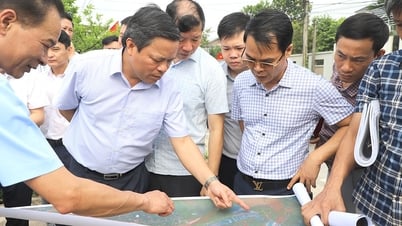

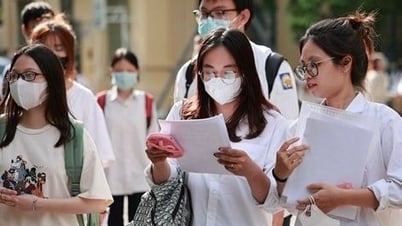
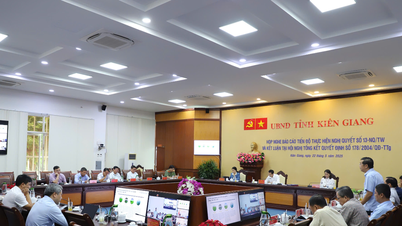
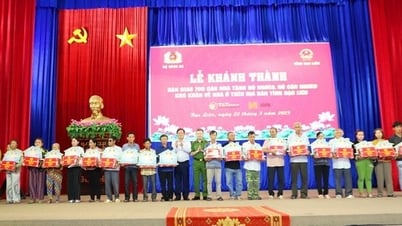
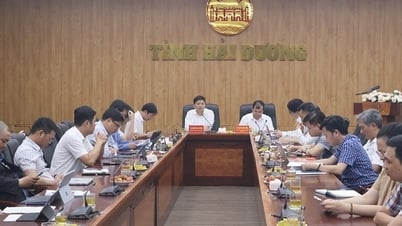
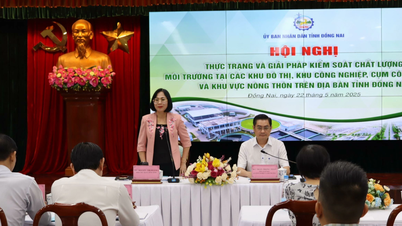




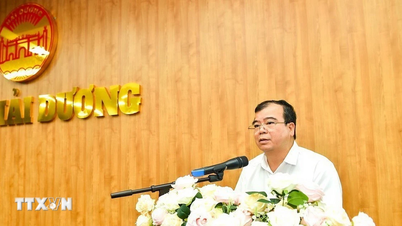
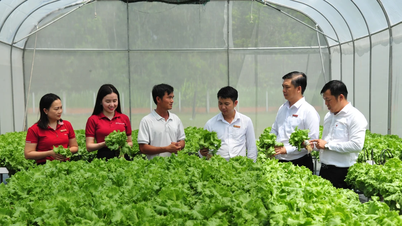
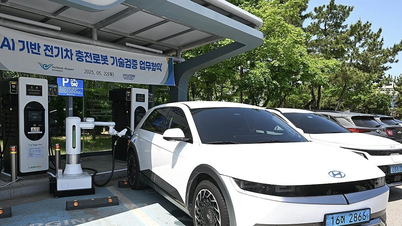

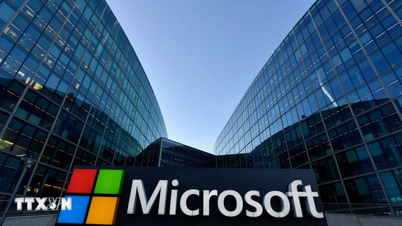
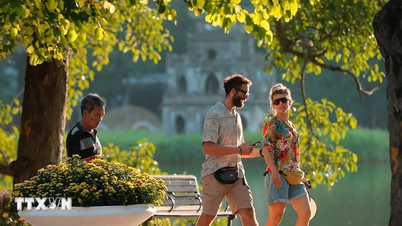




































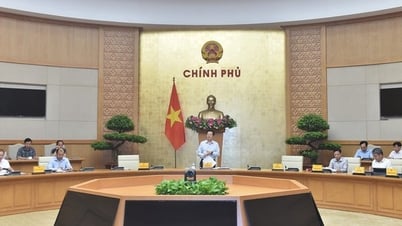

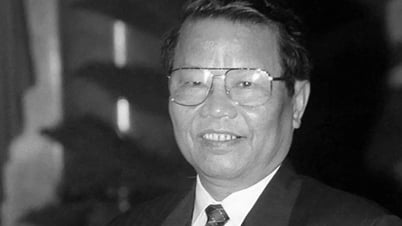




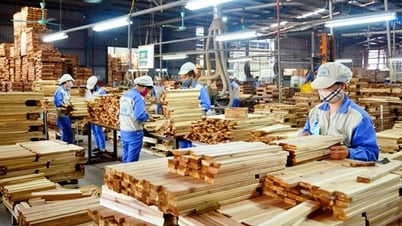




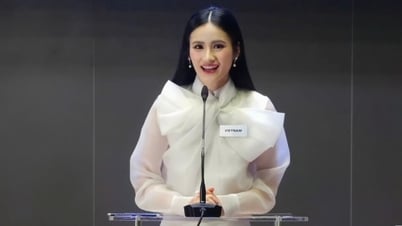

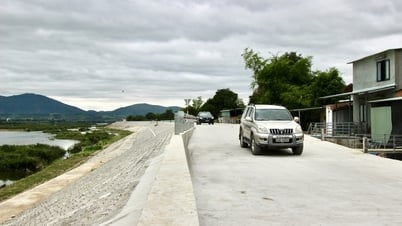







![[Podcast] Week introducing more than 500 OCOP products in Hanoi](https://vphoto.vietnam.vn/thumb/402x226/vietnam/resource/IMAGE/2025/5/22/d144aac2416744718388dbae3260e7fd)





Comment (0)